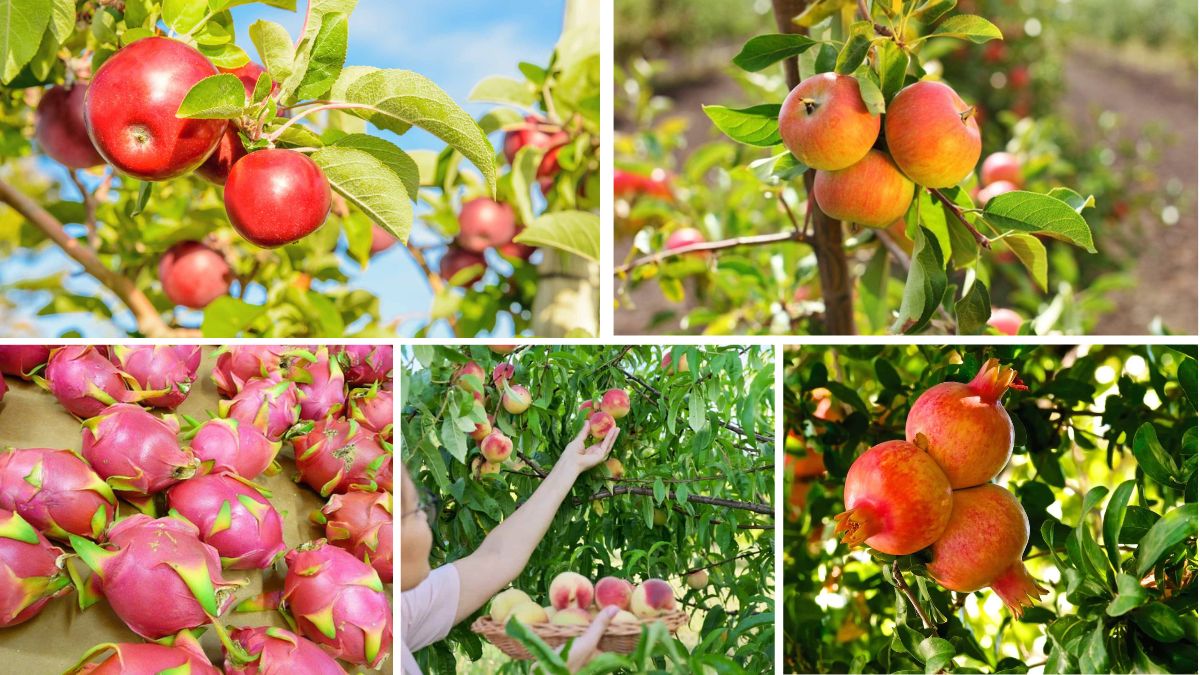Fruit cultivation in tropical nations is as old as human civilization itself. With their warm climates, abundant sunshine, and fertile soils, these regions have been nature’s perfect orchards for thousands of years. From the juicy sweetness of mangoes to the creamy richness of bananas, tropical fruits are not only an essential part of daily diets but also an important driver of economies and cultures. Understanding the history and facts about tropical fruit cultivation provides a fascinating insight into agriculture, trade, and human adaptation.
The Historical Roots of Tropical Fruit Cultivation
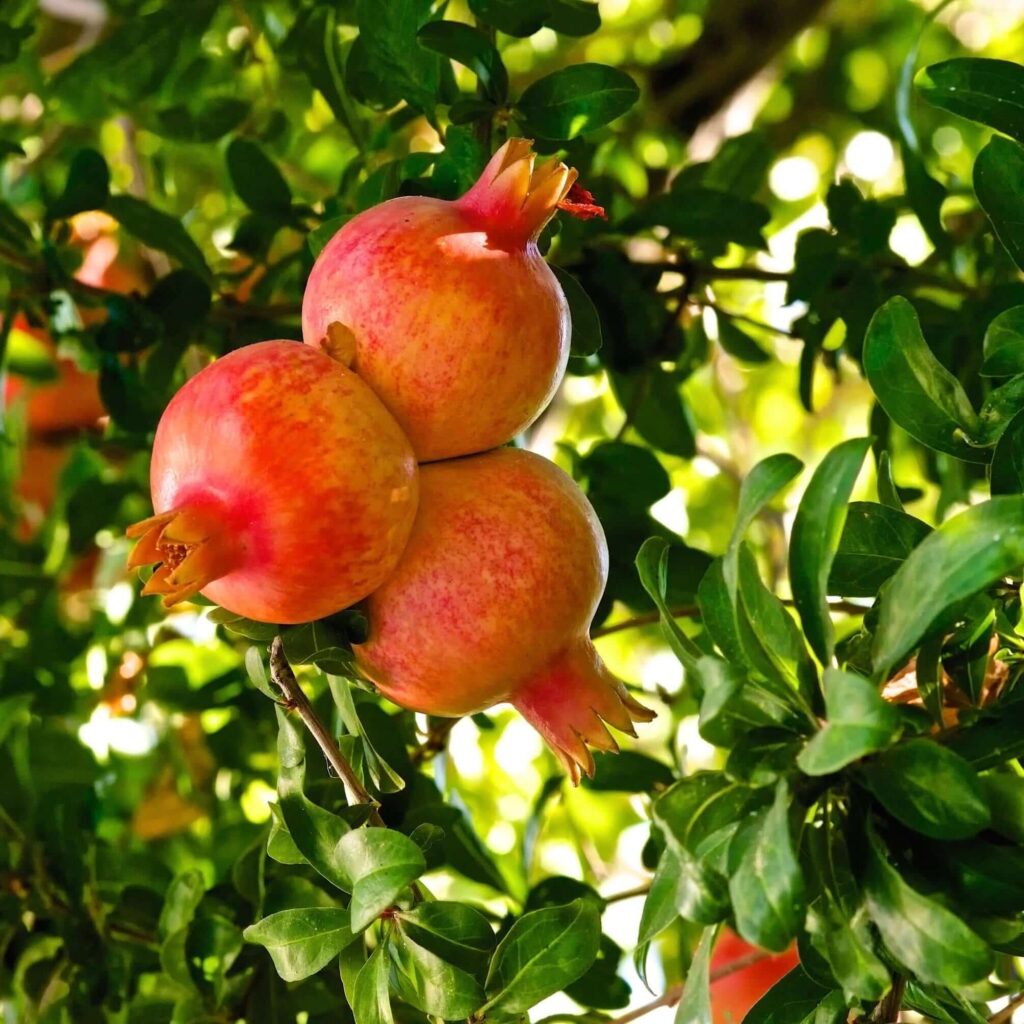
Ancient Beginnings
Fruit cultivation in tropical nations can be traced back over 4,000 years. Many tropical fruits that we know today were first domesticated by early civilizations living in regions around the equator. For example:
- Bananas are believed to have originated in Southeast Asia, particularly in the Malay Peninsula, New Guinea, and the Philippines. Archaeological evidence shows bananas were cultivated in Papua New Guinea as early as 5000 BCE.
- Mangoes were first grown in India more than 4,000 years ago, with ancient Sanskrit texts praising their flavor and medicinal value.
- Coconuts were cultivated and traded extensively in coastal regions, acting as both a food source and a water-rich survival tool for seafarers.
The Role of Early Trade
Tropical fruits became some of the earliest commodities in human trade. Arab merchants carried dates, figs, and bananas from Africa to the Middle East and South Asia. The Silk Road and maritime routes allowed fruits like mangoes and citrus varieties to travel far beyond their native origins.
By the time of European exploration in the 15th and 16th centuries, fruits like pineapples, papayas, and guavas had spread widely, becoming valuable imports to colder climates.
Colonial Influence and Commercial Expansion
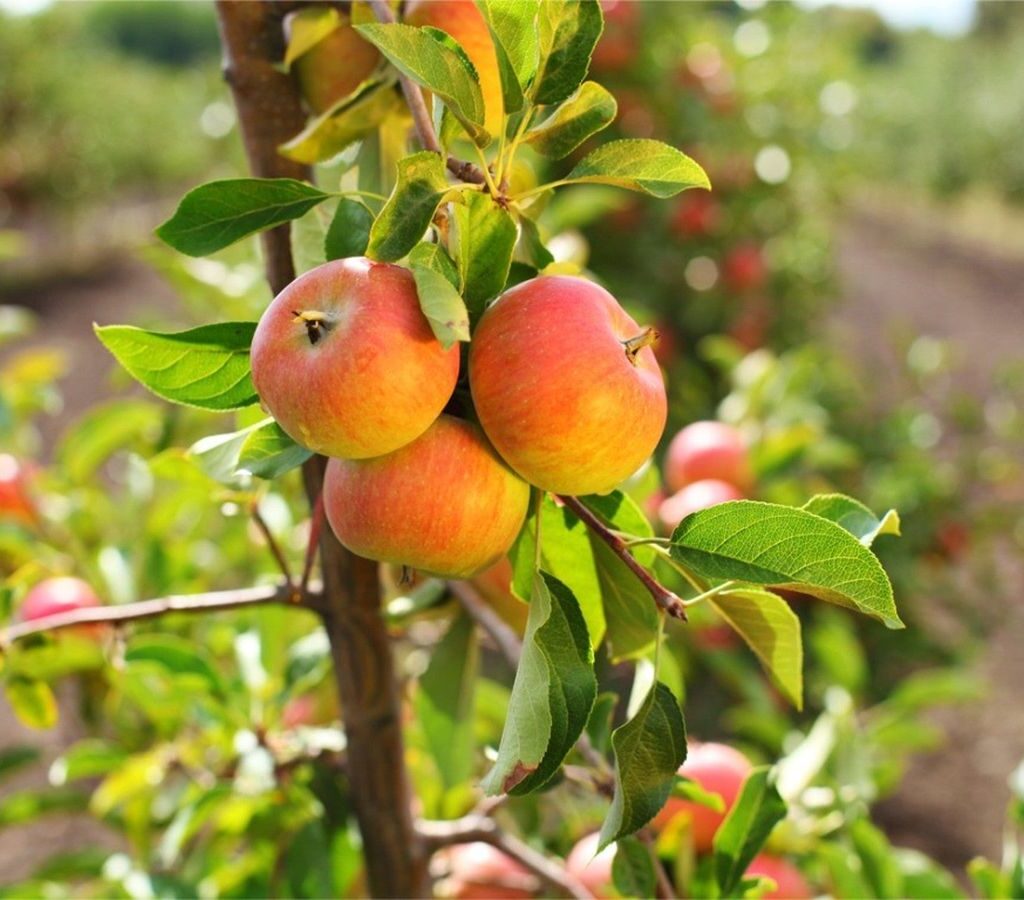
European Plantations in the Tropics
When European colonial powers reached tropical regions in Asia, Africa, and the Americas, they quickly recognized the agricultural potential of the land. Colonies were turned into plantation hubs for tropical crops like bananas, pineapples, and citrus fruits.
For example:
- The Caribbean became famous for its pineapple plantations.
- Central America saw rapid growth in banana exports, led by companies like United Fruit Company (now Chiquita).
Introduction of New Species
Colonial powers also introduced non-native fruit species into tropical regions. For instance:
- Spanish explorers brought citrus fruits to the Americas.
- European settlers in Africa introduced crops like passion fruit from South America.
These exchanges dramatically diversified tropical fruit agriculture and shaped the diets of local populations.
Key Tropical Fruits and Their Importance
Tropical fruits are more than delicious treats; they are pillars of food security, economic prosperity, and cultural heritage. Here are some of the most significant tropical fruits:
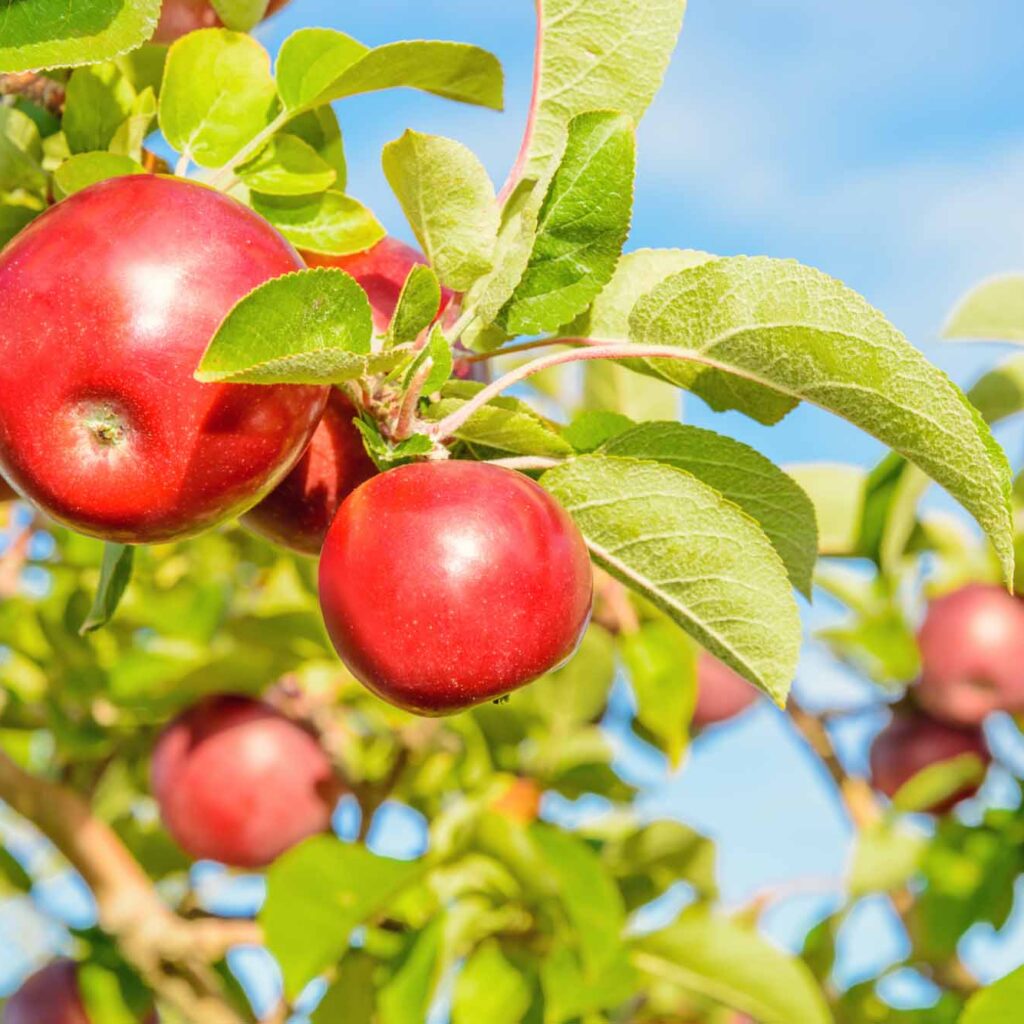
1. Mango
- Origin: South Asia (India, Myanmar, Bangladesh).
- Significance: Known as the “King of Fruits,” mangoes are a staple in tropical agriculture, providing income for millions of farmers.
- Global Standing: India is the largest producer, accounting for nearly 45% of global mango production.
2. Banana
- Origin: Southeast Asia.
- Economic Role: One of the most exported fruits worldwide, particularly from Central America, the Philippines, and Ecuador.
- Fact: Bananas are technically berries, botanically speaking.
3. Coconut
- Origin: Coastal tropical Asia and the Pacific Islands.
- Uses: Every part of the coconut is valuable—water for hydration, oil for cooking, husks for coir fiber, and shells for handicrafts.
4. Pineapple
- Origin: South America (Paraguay and Brazil).
- Colonial Impact: Introduced to tropical Asia and Africa by Portuguese explorers in the 16th century.
- Trade Importance: Thailand, Costa Rica, and the Philippines dominate exports today.
5. Papaya
- Origin: Central America.
- Health Benefits: Rich in vitamins A and C, with digestive enzymes beneficial for gut health.
Modern Tropical Fruit Cultivation
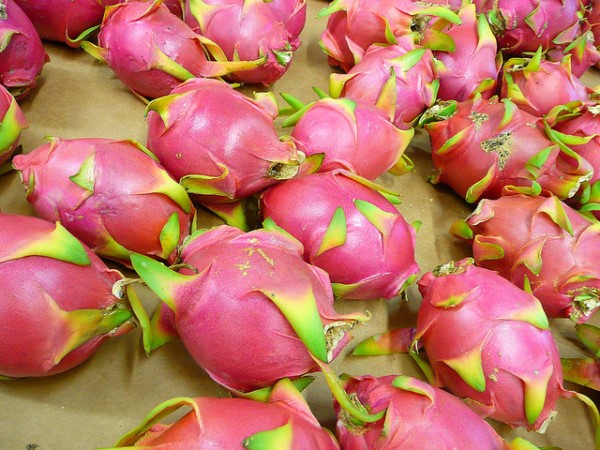
Technological Advances
While traditional farming techniques are still common, many tropical nations are adopting modern agricultural practices such as:
- Drip irrigation for water efficiency.
- Tissue culture to produce disease-free planting material.
- Integrated pest management (IPM) to reduce pesticide use.
Sustainability Concerns
Tropical fruit farming often faces environmental challenges like deforestation, overuse of water, and soil degradation. Sustainable farming methods—such as organic cultivation and agroforestry—are gaining traction.
Economic Impact of Tropical Fruits
Tropical fruits are a major source of export revenue for many nations. For example:
- Ecuador earns billions annually from banana exports.
- The Philippines is a top exporter of pineapples and mangoes.
- India leads in mango production but consumes most domestically, making it a cultural rather than purely commercial crop.
The global demand for exotic tropical fruits is growing, especially in developed countries where health-conscious consumers seek fresh, nutrient-rich produce year-round.
Cultural Significance in Tropical Nations
Fruit cultivation is deeply tied to cultural identity in tropical countries:
- In India, mangoes are part of religious rituals and festivals.
- In Thailand, durians and mangosteens are celebrated as national treasures.
- In Hawaii, pineapples have become a cultural icon.
Festivals, traditional recipes, and local markets all reflect the central role of fruit in daily life.
Interesting Facts About Tropical Fruit Cultivation
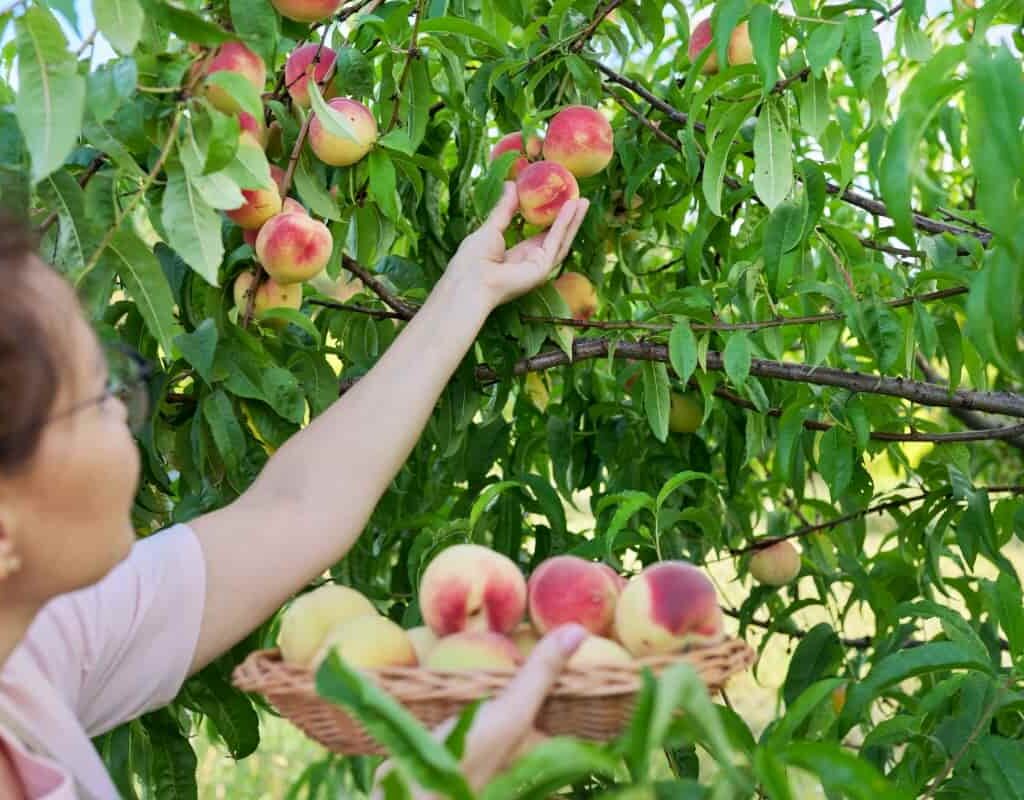
- The banana is the world’s most consumed fruit, with over 100 billion eaten annually.
- Coconuts can travel across oceans and still germinate, which explains their wide distribution on tropical islands.
- Papayas were called the “fruit of the angels” by Christopher Columbus due to their sweet flavor.
- Some tropical fruits, like durian, are banned from hotels and public transport in Southeast Asia due to their strong odor.
- The jackfruit is the largest tree-borne fruit in the world, weighing up to 55 kg (121 lbs).
Challenges Facing Tropical Fruit Cultivation
Despite favorable climates, tropical fruit farming faces several challenges:
- Climate Change: Unpredictable weather patterns threaten yields.
- Pests and Diseases: The banana industry, for example, is battling Panama disease.
- Market Access: Small-scale farmers often lack infrastructure to export their produce profitably.
- Post-Harvest Losses: Due to inadequate storage and transportation facilities, a significant portion of fruit harvest is lost before it reaches consumers.
The Future of Tropical Fruit Cultivation
With the global population projected to reach nearly 10 billion by 2050, demand for nutritious and flavorful fruits will only grow. The future of tropical fruit cultivation lies in:
- Expanding organic and fair-trade farming.
- Developing disease-resistant fruit varieties.
- Using smart farming technologies like AI-powered crop monitoring.
Moreover, promoting local consumption alongside exports can ensure both economic and nutritional benefits for tropical nations.
Conclusion
The history of fruit cultivation in tropical nations is a story of nature’s abundance, human ingenuity, and cultural richness. From ancient orchards in South Asia to bustling banana plantations in Latin America, tropical fruits have shaped economies, diets, and traditions worldwide. Today, as demand for exotic fruits surges globally, tropical countries have a golden opportunity to combine their agricultural heritage with modern, sustainable practices—ensuring that these sweet treasures continue to nourish the world for generations to come.
